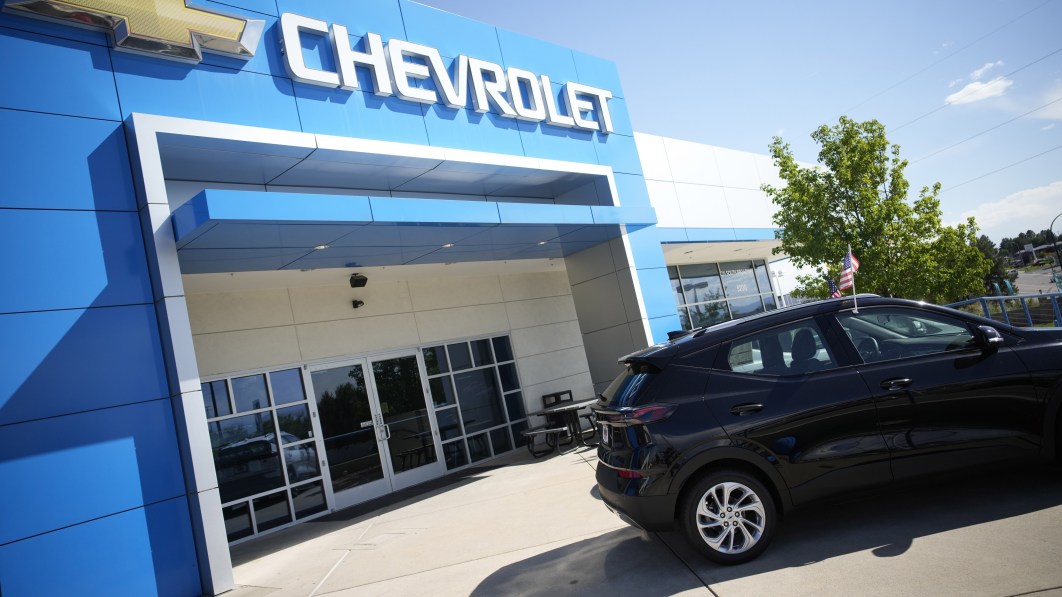Auto sales nosedive in Q3 as inventory dries, supply shortages worsen

U.S. car sales have dipped to levels not seen since the Great Recession as ongoing supply shortages hamper automotive production worldwide, strangling inventories while dealers attempt to salvage whatever revenue they can by increasing margins on the few vehicles they’re able to stock.
Even a careful perusal of Q3 and September sales figures (Automotive News subscription required) reveals virtually no good news; even Toyota’s slight improvement is tenuous at best. While many raw materials and basic components have been in short supply since the pandemic crippled worldwide logistics, the primary culprit in the ongoing automotive production slowdown is computer chips. While some have been quick to point fingers at electric vehicles and other high-tech offerings, the shortage hasn’t really discriminated.
As of the end of September, the industry is still up more than 13% compared to a year ago, but there’s a catch: Sales through Q3 of 2020 were heavily impacted by pandemic-related lockdowns. Retail customers stayed home unless they absolutely had to and rental fleet demand plummeted to nearly zero as vacationers and business travelers canceled in droves. In other words, a 13% bump from 2020 is nothing to write home about.
For better context, we can look another year into the past. By this point in 2019, nearly 13 million new vehicles had been sold in the United States. In 2021, that number is just 11,446,866 – a decline of more than 10%. And with the chip shortage still raging, things will only get worse before the end of the year, because while a 10% decline may not sound too dramatic, the real issue is the trend line.
At the end of Q1, sales were up nearly 12% over 2020 – a figure largely immune from the impacts of last year’s lockdowns. At the end of the second quarter, that figure had climbed to more than 29%. April, May and June were some of the hardest hit by lockdown restrictions last year, which explains the huge improvement in 2021. Unfortunately, the recovery pace is not currently sustainable, as dealers simply don’t have cars to sell.
The situation has thrown the entire sales landscape off-kilter. Toyota sales have been outpacing those of perennial number-one seller General Motors as the latter struggles to build key volume models, including the Chevrolet Silverado and GMC Sierra, both of which have faced idled production due to parts shortages. The same has been true at Ford, which has sidelined production of its F-Series pickups more than once in recent months.
For customers, the end result is that affordable new cars are incredibly few and far between. Transaction prices started skyrocketing early this year before inventory situations became truly dire and used options are often even worse. With no end in sight, it could be a tough holiday season for car shoppers.
Related Video:







